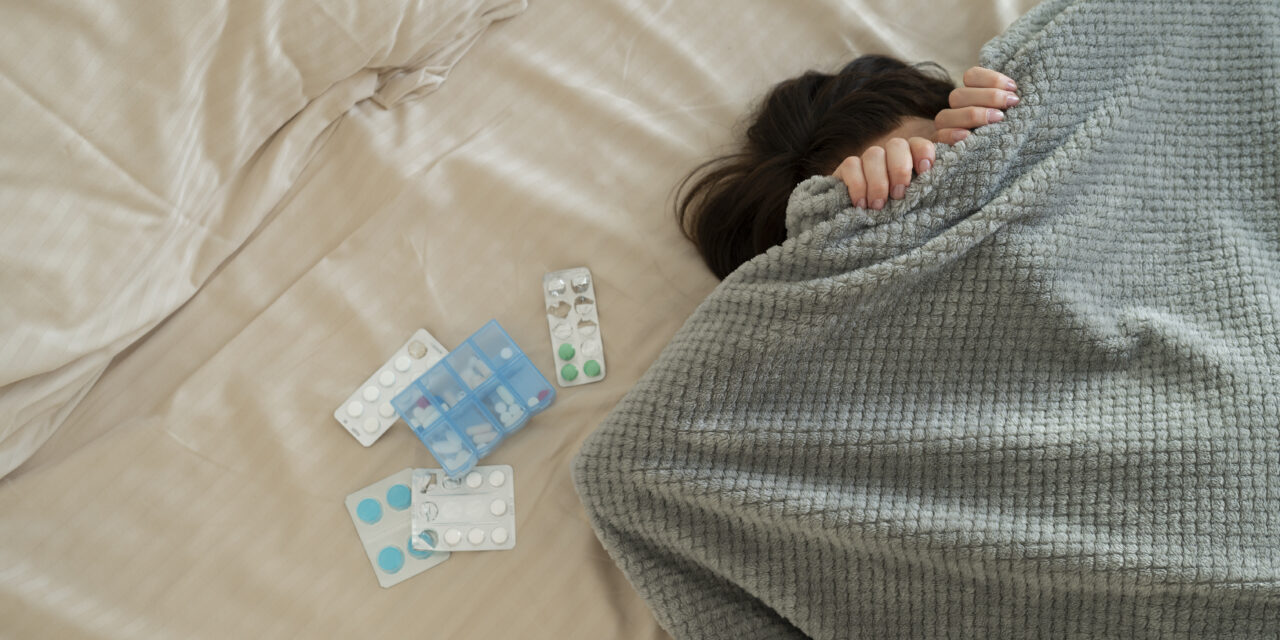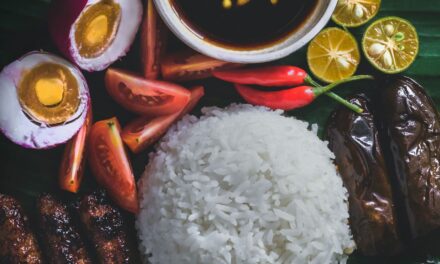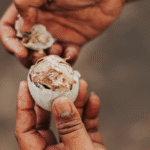PRAGUE – Let’s jump back to 1998, a year when two guys, Larry and Sergey, started Google in a garage on September 4. Yep, the same Google we can’t live without today. That year, Pokémon also took over the world. Suddenly, kids everywhere (including me) were collecting cards, watching the show, and trying to catch ’em all like it was our job.
Me? I was a small, sickly kid most of the time. My mom was always there, like a superhero with a jar of Vicks. She’d rub it on my chest and back like some kind of magic cure. I probably smelled like minty medicine for most of 1998, but hey, it most definitely worked.
I’m pretty sure a lot of you can relate, Vicks was the go-to remedy for almost everything. Got a cold? Vicks. Headache? Vicks. Heartbreak? Well… maybe still Vicks. It was so popular, we even had a saying: “Walang hindi magagamot sa Vicks!” Or in English, “There’s nothing Vicks can’t cure!” Total Filipino household legend.

So… how did the addiction started?
“Pahid-Pahid” is a Filipino term that refers to the act of repeatedly applying or rubbing ointments, balms, or similar products onto the body to relieve pain or discomfort. Older people often use it to rub on their knees for joint pain, or on their temples to ease headaches and relieve migraines.
The use of ointments in Asia has a rich history, rooted in traditional medicine systems. These topical remedies have been integral to healing practices across various Asian cultures, each developing unique formulations and applications.
In Southeast Asia, ointments have been integral to traditional healing. For instance, “Tiger Balm,” developed in the late 19th century by Chinese herbalist Aw Chu Kin in Myanmar, became widely popular for relieving muscle and joint pain. Its formulation includes camphor and menthol, providing a cooling sensation to alleviate discomfort. 1
In the Philippines, communities relied on albolarios (quack doctors) and babaylans (spiritual healers) who utilized a variety of plant-based remedies. These practitioners prepared ointments and salves from locally sourced herbs, roots, and animal fats to treat ailments such as wounds, muscle pains, and skin conditions. The mananambal, a traditional healer in the Visayas, exemplifies this practice by creating lana—a medicinal oil derived from coconut and infused with herbs used for massage and healing rituals.

SUGGESTED READS:
- How to Protect Your Skin During the Cold Months: 5 Tips for Filipinos Living in the Czech Republic
- Going Home for the Holidays? We Gotchu, Your OFW Christmas Travel Checklist is Here!
- Not-So-Exotic, Totally Yummy 6 Filipino Dishes to Try
- The Philippines’ Tabo Culture
- AirAsia Expands Routes: Direct Flights from Manila to Istanbul via Kuala Lumpur Begin November 14
Modern Day Pahid and the Philippine Health Care
Despite the introduction of Western medicine, traditional ointment use persisted, particularly in rural areas. Plants like lagundi (Vitex negundo) have been traditionally used to treat respiratory ailments and are now recognized by the Philippine Department of Health for their medicinal properties.
Additionally, the Manobo indigenous group in Mindanao continues to utilize a vast array of ethnomedicinal plants, preparing ointments and other remedies that have gained attention for their potential parallels with established Western medicines.2
The widespread use of ointments like Vicks and Katinko in the Philippines is closely tied to limited access to healthcare, particularly in rural and underserved areas. With hospitals and clinics often distant or expensive, many Filipinos turn to affordable and easily accessible topical remedies to address common ailments. These ointments have become ingrained in Filipino culture as trusted, quick solutions passed down through generations.
Additionally, a lack of health education and the psychological comfort of using familiar, trusted products further contribute to their popularity. Marketing also plays a role, as these ointments are promoted as effective and convenient remedies. In essence, the reliance on such products reflects the challenges of accessing professional healthcare and the preference for home remedies.

Rub It Right: Pinoy Care Rates
1. Katinko
- Rating: ★★★★☆ (4/5)
- Use: Relieves muscle pain, joint pain, and headaches.
- Effectiveness: Known for its strong menthol scent and fast-acting relief. It provides a cooling sensation, which is particularly useful for sore muscles or minor aches.
- Popularity: Very popular in the Philippines, especially for common ailments.
2. Vicks VapoRub
- Rating: ★★★★★ (5/5)
- Use: Helps relieve cough, colds, and muscle aches.
- Effectiveness: A well-known remedy that provides quick relief for respiratory issues, muscle aches, and headaches. Its combination of menthol, camphor, and eucalyptus oil makes it effective for both adults and children.
- Popularity: Extremely popular worldwide, especially in Southeast Asia and Latin America.
3. Salonpas
- Rating: ★★★★☆ (4/5)
- Use: Aimed at relieving muscle and joint pain.
- Effectiveness: Known for its patch form, Salonpas is convenient for targeted relief on the back, knees, or shoulders. It provides a cooling effect and lasts for several hours.
- Popularity: Widely used globally, especially for joint pain or arthritis.
4. White Flower Balm
- Rating: ★★★☆☆ (3/5)
- Use: Relieves headaches, muscle pain, and nasal congestion.
- Effectiveness: It provides mild relief with a combination of menthol and eucalyptus oil but might not be as powerful as others like Vicks or Katinko.
- Popularity: Very popular in Southeast Asia, especially for colds and headaches.
Let us know your favorite Pahid!
REFERENCES:
- Jamu. (2025, April 2). In Wikipedia. https://en.wikipedia.org/w/index.php?title=Jamu&oldid=121234567 ↩︎
- World Intellectual Property Organization. (n.d.). From herbal folklore to modern medicine. WIPO. Retrieved April 21, 2025, from https://www.wipo.int/en/web/ip-advantage/w/stories/from-herbal-folklore-to-modern-medicine ↩︎











